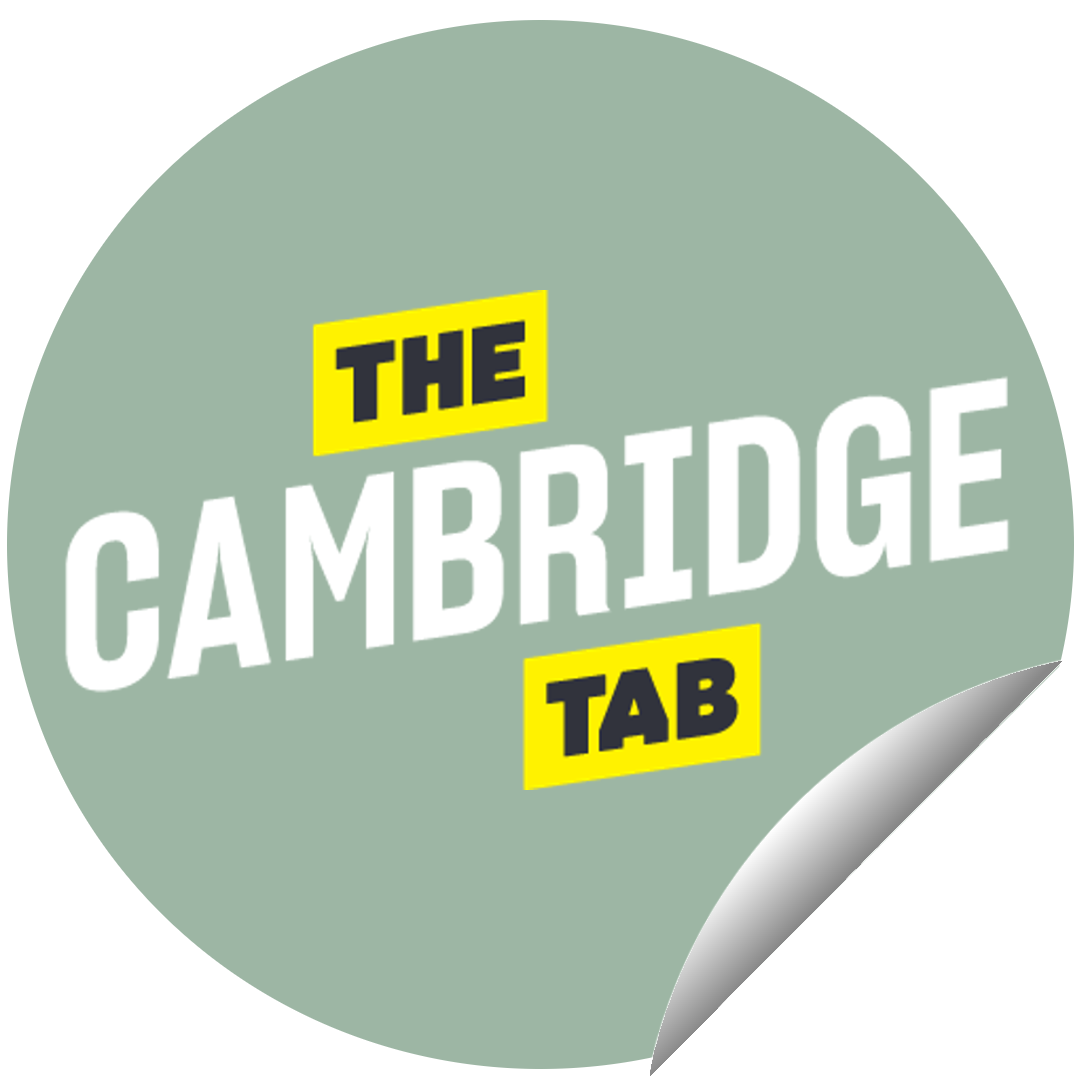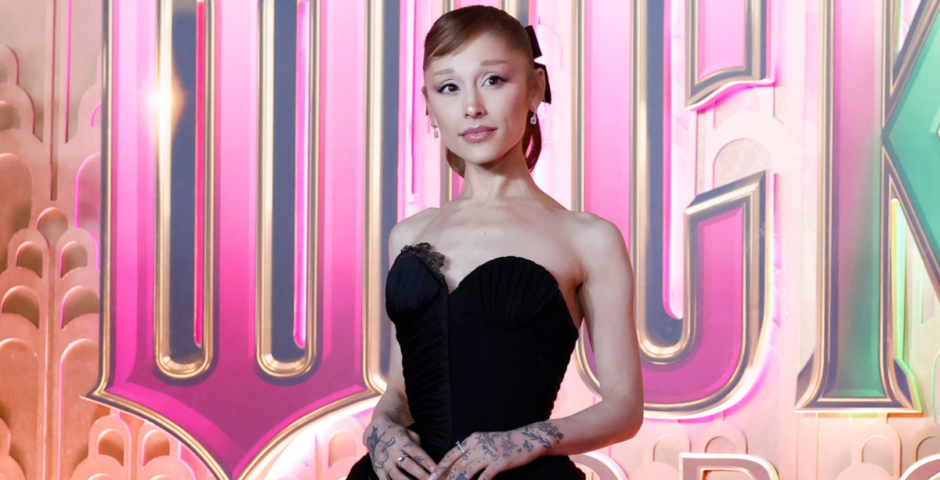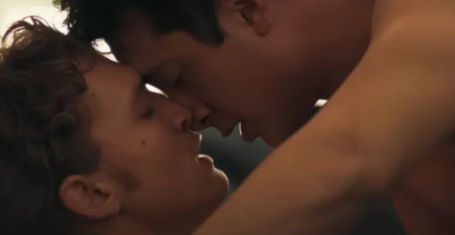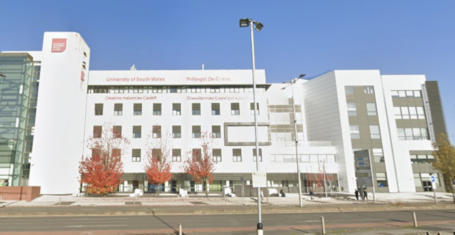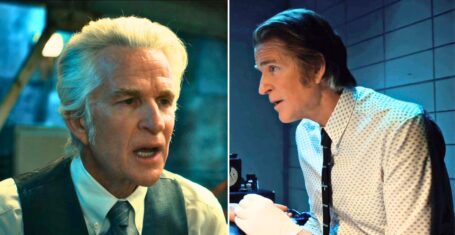
University of Cambridge Evensong services rated: Clare College
Rating Cambridge Evensong services, so you don’t have to
Evensong is a daily choral service that has been running at Cambridge University Chapels for centuries, offering a moment of calm, music, and reflection in the stunning setting of College Chapels. It descends from Compline, the evening prayers once sung by medieval monks and nuns as they prepared for rest. Back then, services were long, in Latin, and involved a lot of candlelit chanting. But after the Reformation, these traditions were streamlined into the Anglican service of Evening Prayer, which evolved into the Evensong we know today.
At most Cambridge colleges, the service has remained almost unchanged for generations. I find whilst sitting in the chapel before evensong, it’s hard not to feel transported back to medieval Cambridge, making it easy to see why this tradition has endured. Whether you come for the music, the history, or simply a peaceful end to the day, Evensong is a tradition that continues to offer a rare and timeless experience in the heart of Cambridge.
In this series I will be ranking Evensong services across the Cambridge Chapels, telling you the best ones, so you don’t have to go yourself!
Clare College
Overall Rating: ★★★★
Evensong at Clare College: A divine experience (with bonus navigation challenges).
There’s nothing quite like wandering around Cambridge in the evening, pretending you’re on some grand spiritual pilgrimage, only to realise you have no idea how to actually get into the chapel. Such was my experience at Clare College Evensong, where I spent a good few minutes loitering outside in mild confusion before the exceptionally kind choir members took pity on me and pointed me in the right direction. Off to a strong start.
Most Read
The mixed choir marked a noticeable shift from King’s usual all-male ensemble, and it did bring a richer, more rounded sound. The diverse blend of voices made the music feel arguably fuller and more varied. That said, I think it’s refreshing that King’s continues to honour its traditions, keeping some elements of the old while embracing new ones. There’s something uniquely compelling about the historical continuity of the all-male choir, and it’s nice that the institution holds on to that legacy.
However, Clare choir’s performance was emotional and connected in a way that removed some of the formality of evensong and allowed the service to feel less like a grand spectacle for the audience and more like a genuine, shared spiritual experience for everyone present.
The Chapel, completed in 1769 by Sir James Burrough—who also happened to be the Master of Caius, (surprise, surprise)— impresses with its elegant simplicity and 18th-century design. The Annunciation scene by Giovanni Battista Cipriani, right at the east end, shows Gabriel casually breaking the news to Mary about her life-altering pregnancy. At the west end, stained glass commemorates college founder Richard de Badew and Protestant martyr, Bishop Latimer.
Kudos to the choir for its musical brilliance *and* its spatial awareness, because unlike the congregation, it knew how to get into the building. Once inside, I was rewarded with an experience that felt more intimate and less performative than the grand spectacle of King’s. No one sang the hymn, which was either an act of reverence for the choir’s superior vocal abilities or a quiet protest against communal participation.
I can see myself returning for another round of calming spiritual refinement. It’s less showy than King’s, more relaxed, and—most importantly—now that I know how to get in, I can arrive with slightly more dignity next time.
Tips for when you attend:
- Choral Evensong services take place three times a week during Full Term:
- Tuesdays, 6.15 p.m.
- Thursdays, 6.15 p.m
- Sundays, 6 p.m. – including a sermon, and followed by drinks and supper.
- Did you know Clare College is the second oldest of Cambridge’s 31 colleges?
- Think on Hugh Latimer whilst in the service, a fellow of Clare who rose to national prominence as a result of his preaching in favour of protestant reform. He became royal chaplain to Henry VIII in 1534 and was a strong supporter of the dissolution of the monasteries. He was eventually burnt alive in 1555 by Queen Mary for his “heretical” views.
- As you come into Clare, the chapel is on your immediate right, then right again. I’ve learnt from experience…

